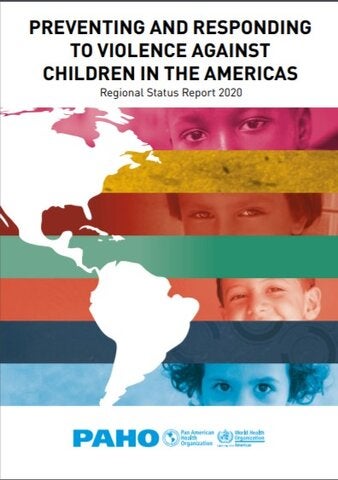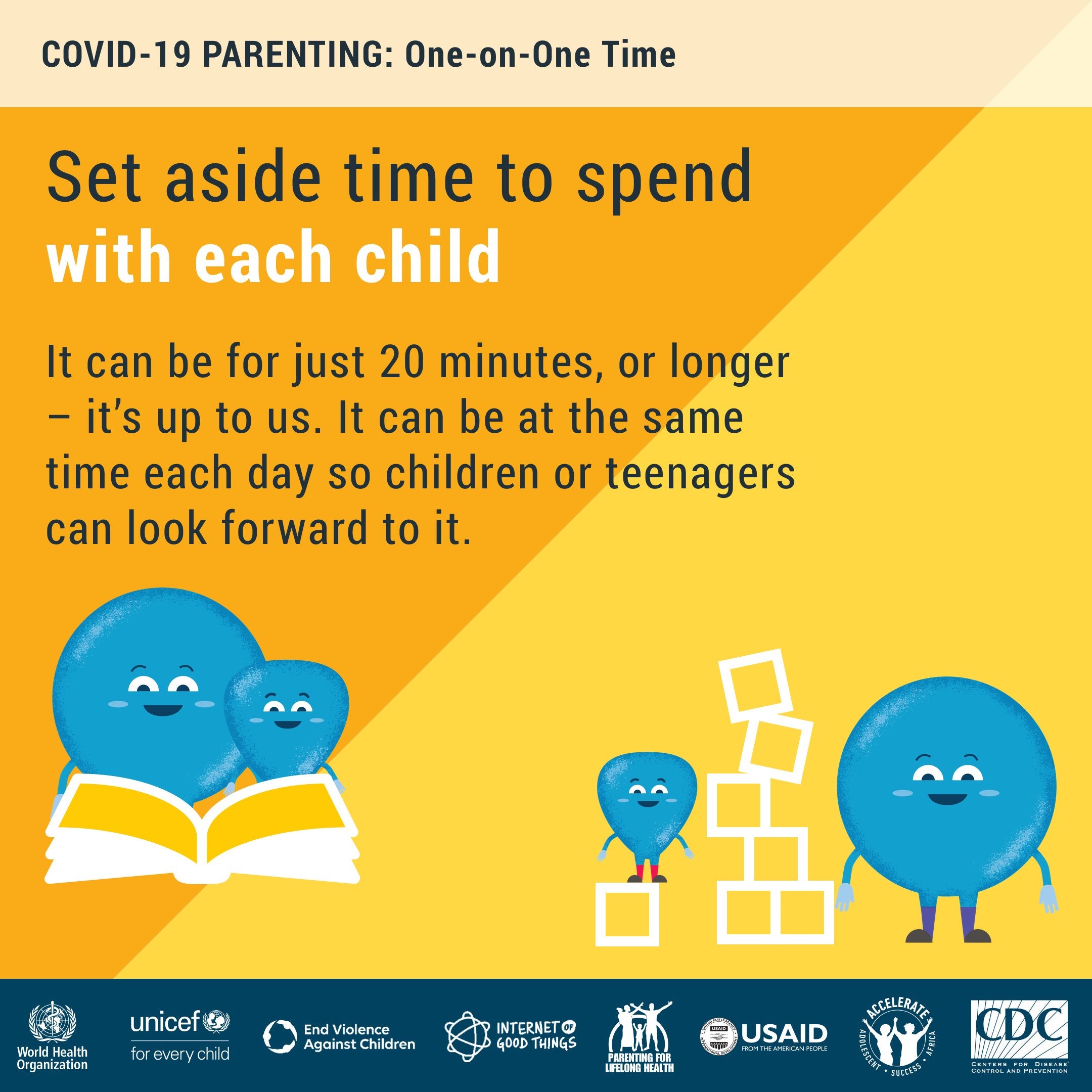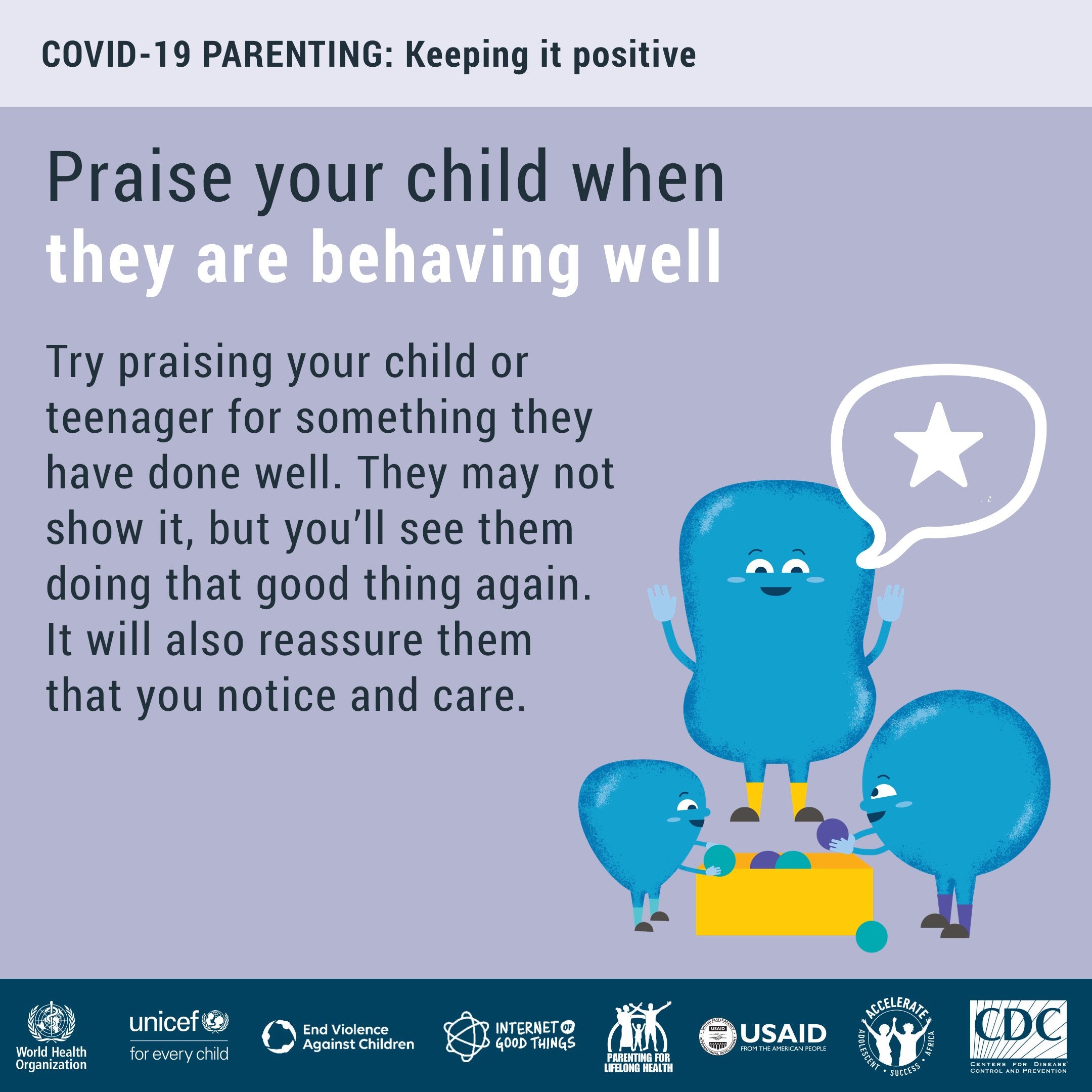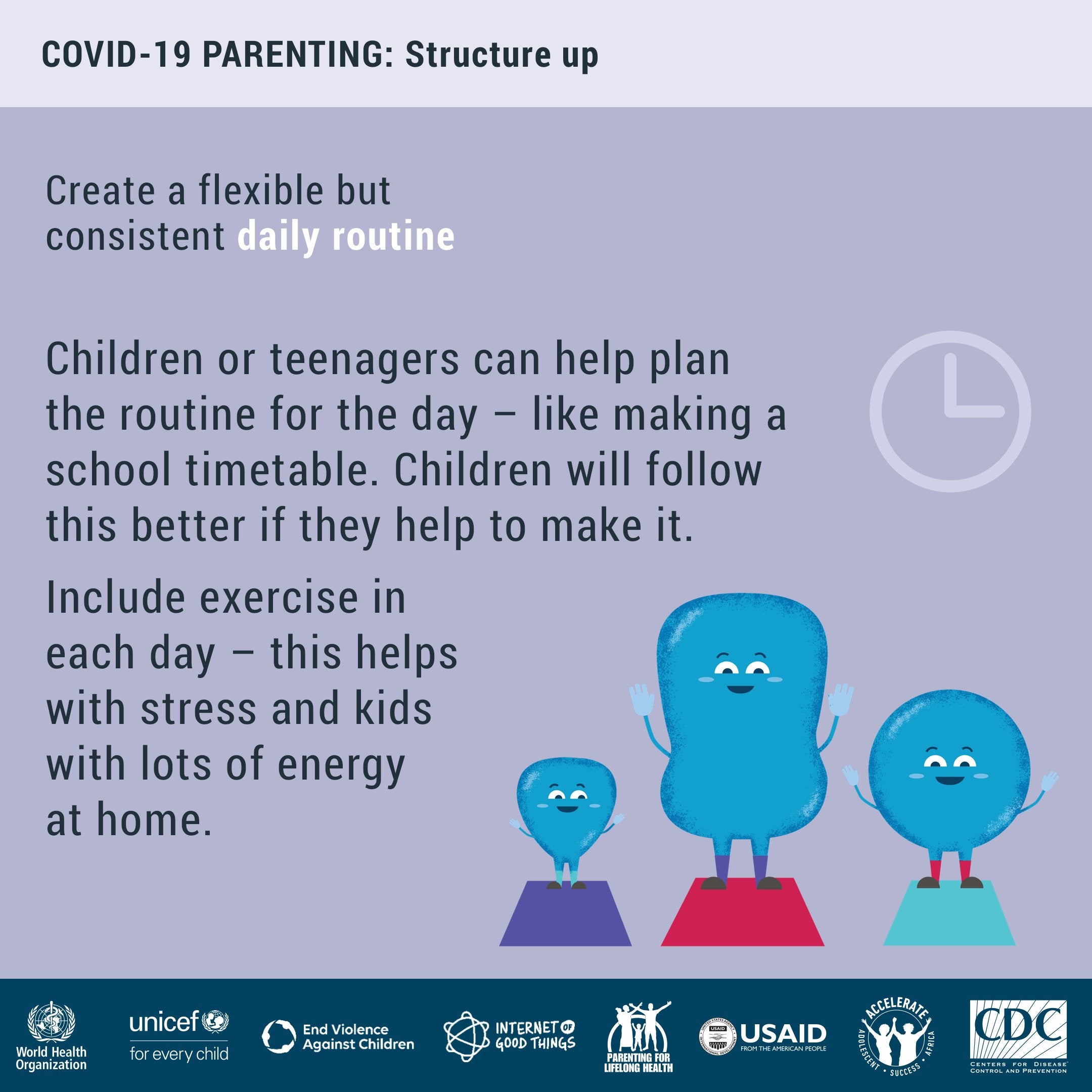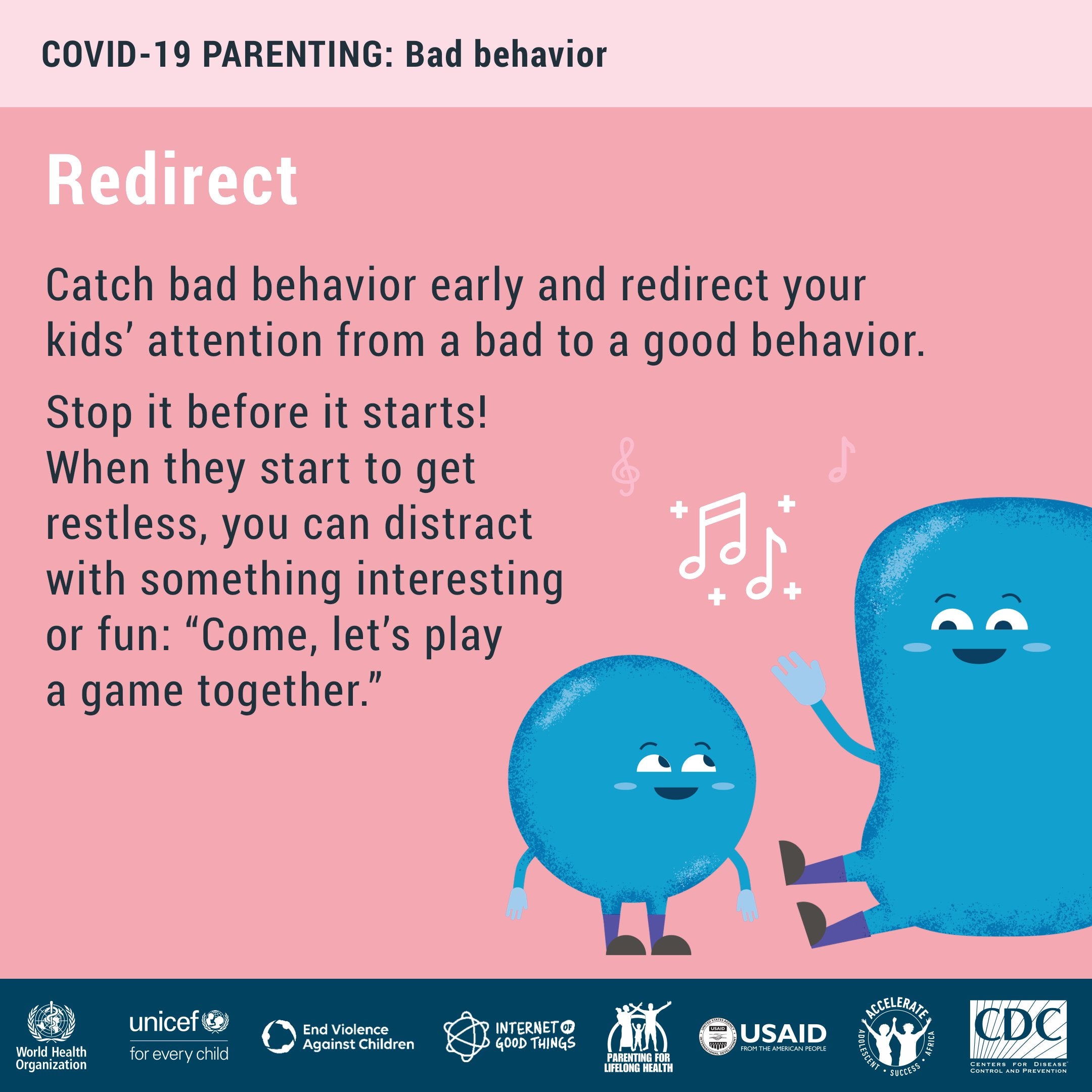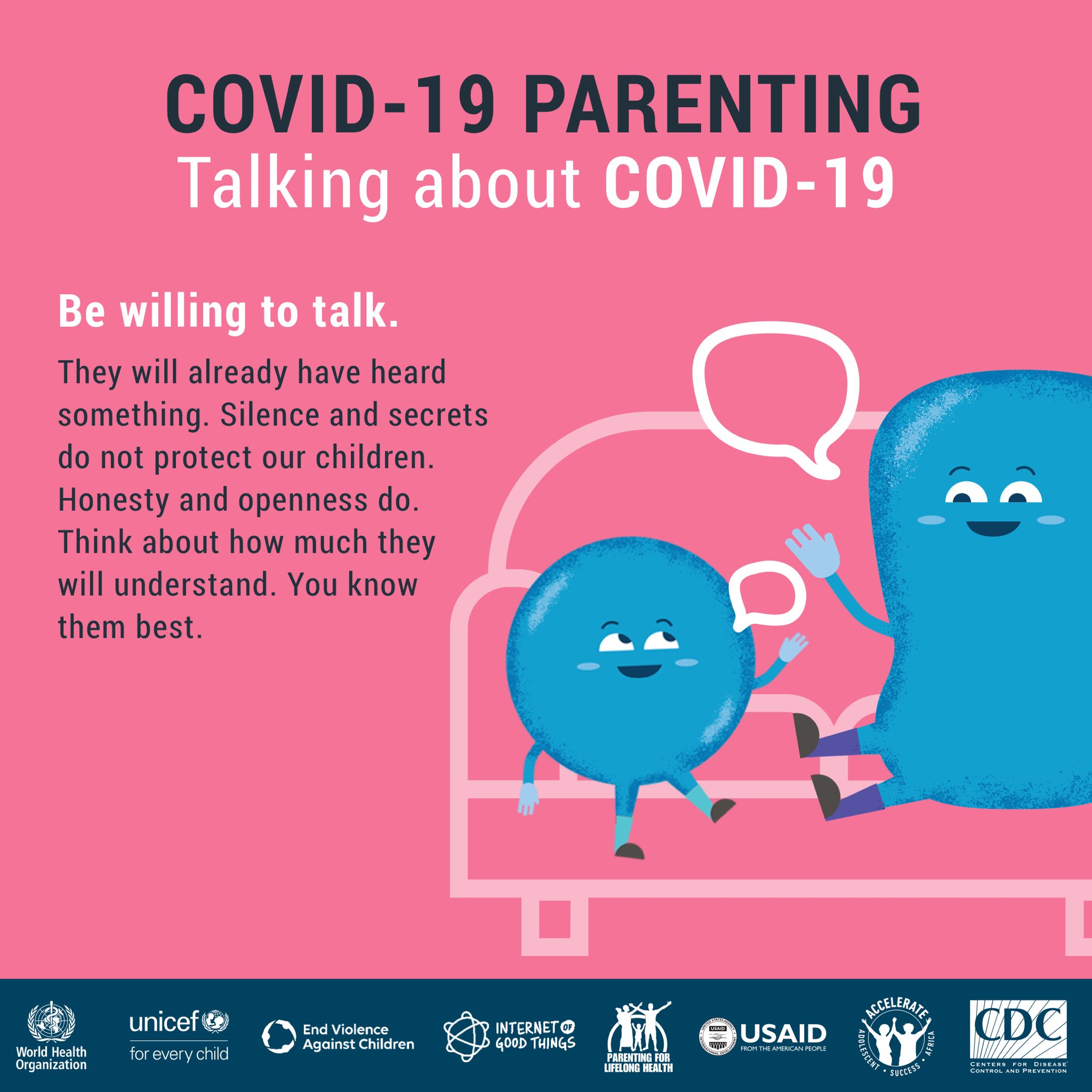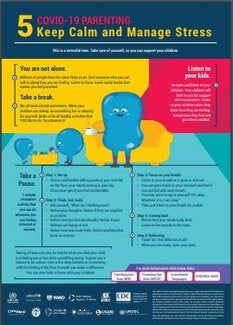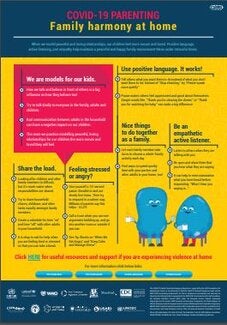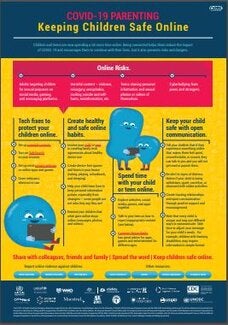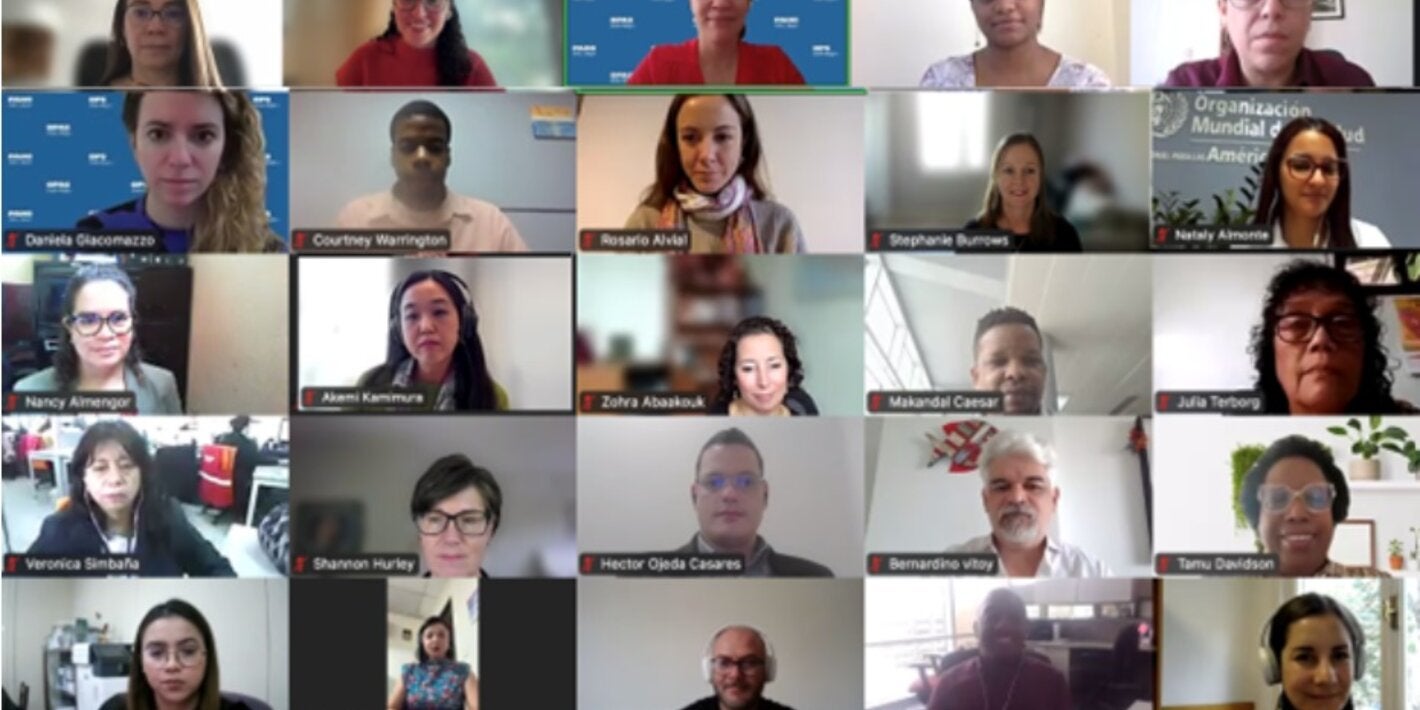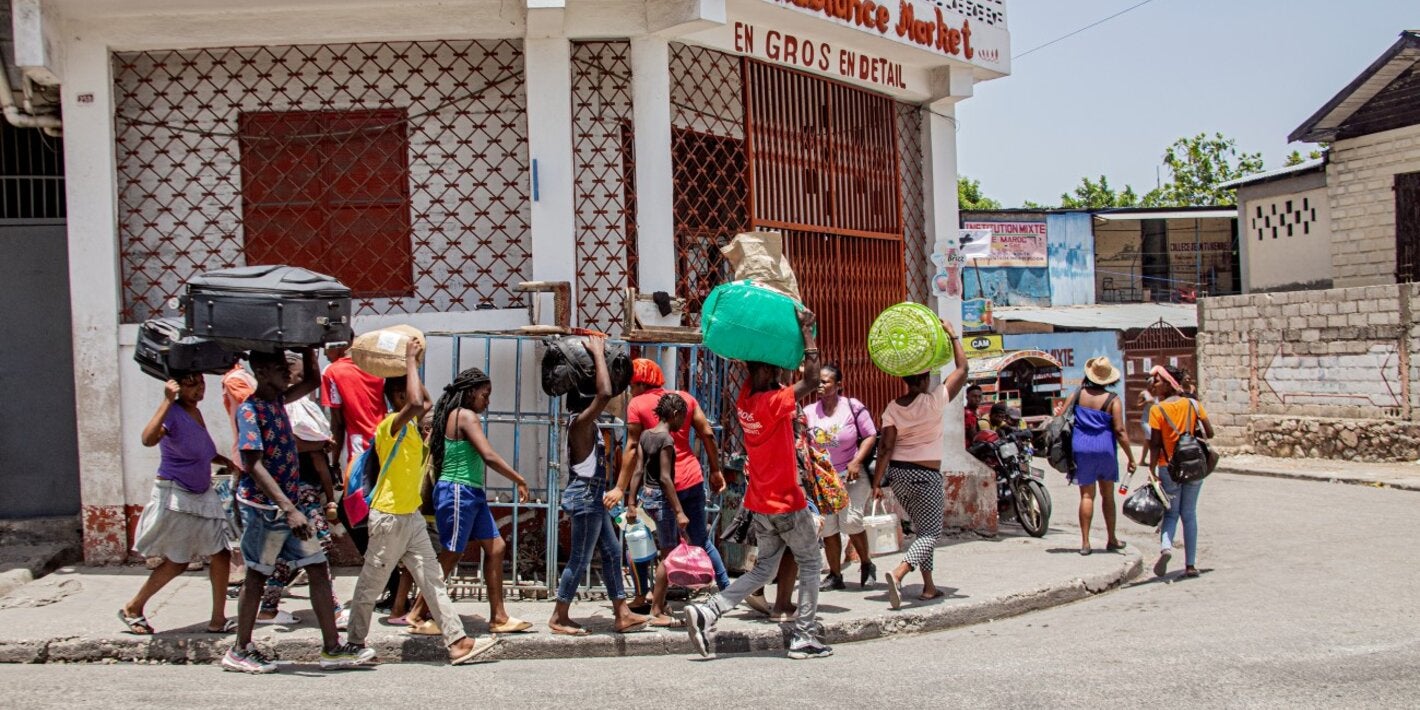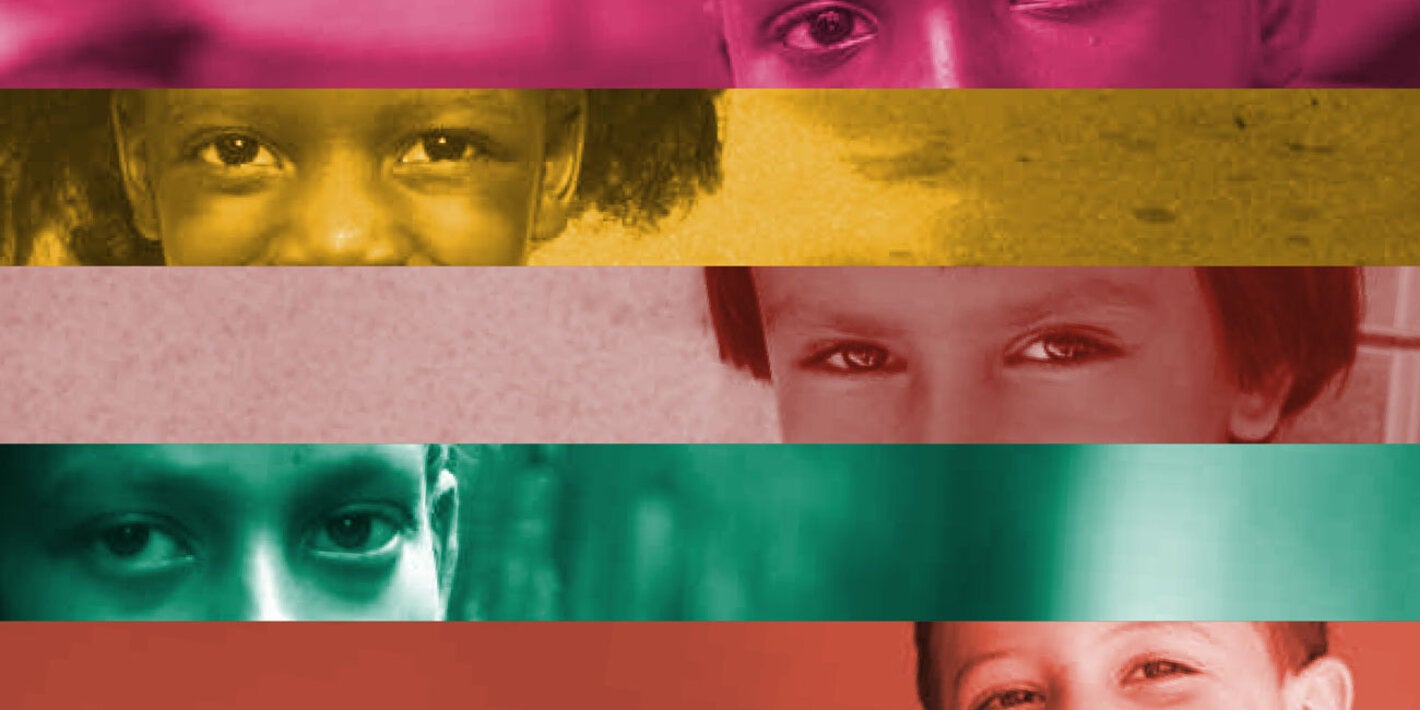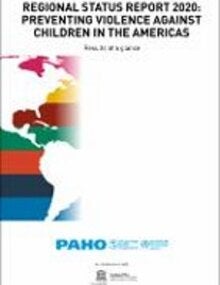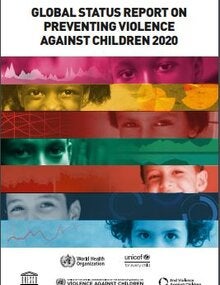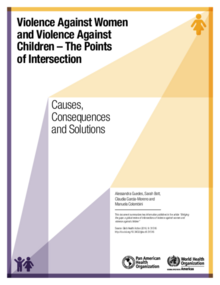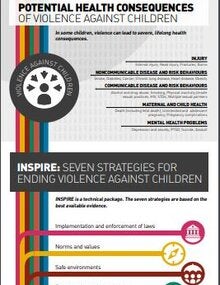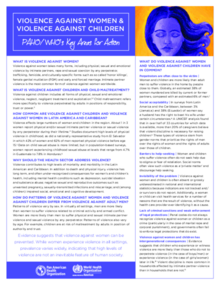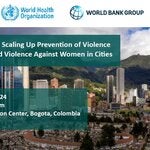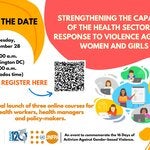Violence against children and youth includes all forms of physical, sexual and emotional violence, neglect, negligent treatment and exploitation. Violence against children includes many different forms – it can happen in the home and in the community. Types of violence include child maltreatment, bullying and physical fighting among peers, sexual violence and dating violence, as well as assault associated with peer and gang violence. It may start in younger age groups and then escalate further and continue into adulthood.
Violence poses serious consequences to the health and well-being of children and young people. Studies have linked violence a to a host of physical and mental health problems, including impaired social, emotional and cognitive development. For young people, exposure to violence may result in injuries and ill-health across their lives, including mental health problems, or lead them to adopt high-risk behaviors such as smoking, alcohol and drug abuse, and unsafe sex.
Preventing violence against children and youth requires a comprehensive approach that addresses the social determinants of violence, such as income inequality, rapid demographic and social change, and low levels of social protection. Health is not the only player, but it is an important one. There are opportunities to intervene early and thereby reduce the burden of violence in the Region – this will for example integrating violence prevention within broader efforts to improve child and adolescent health and well-being.
- Globally, 1 in 2 children aged 2-17 years suffer some form of violence each year. According to a global review, an estimated 58% of children in Latin America and 61% in North America experienced physical, sexual and/or emotional abuse in the past year.
- According to a UNESCO analysis, 38% of students in the Caribbean and 26% of students in Central America reported involvement in a physical fight. The same analysis states that 32% of students in North America and 30% of students in South America reported being bullied.
- Youth violence costs the lives of hundreds of young people in the Region in the Americas. Homicides are a leading cause of death for children and youth, particularly young men and boys aged 15 to 24 years old in the Americas.
- Data on child sexual abuse is limited, but data from the Violence against Children Survey indicates that 16% of girls and 10% of boys in Honduras, 15% of girls and 8% of boys in Colombia and 14% of girls and 3% of boys in El Salvador experienced sexual violence prior to age 18, as reported by 18-24-year-olds.
- Evidence shows that there are several best buys for preventing violence against children, adolescents and youth. In collaboration with partners, PAHO co-developed INSPIRE: Seven Strategies to end Violence against Children, an evidence-based technical package that summarizes what works to prevent and respond to such violence.
Raising awareness of the need for action to reduce violence against children in the Region of the Americas;
Identifying, synthesizing and disseminating data and evidence on what works to reduce violence against children;
Providing technical guidance and support to countries to develop evidence-based prevention and response capacity;
Strengthening partnerships across health programs, sectors and stakeholders for coordinated and comprehensive violence prevention and response efforts, including addressing the intersections between violence against children and other forms of violence in the Region.




